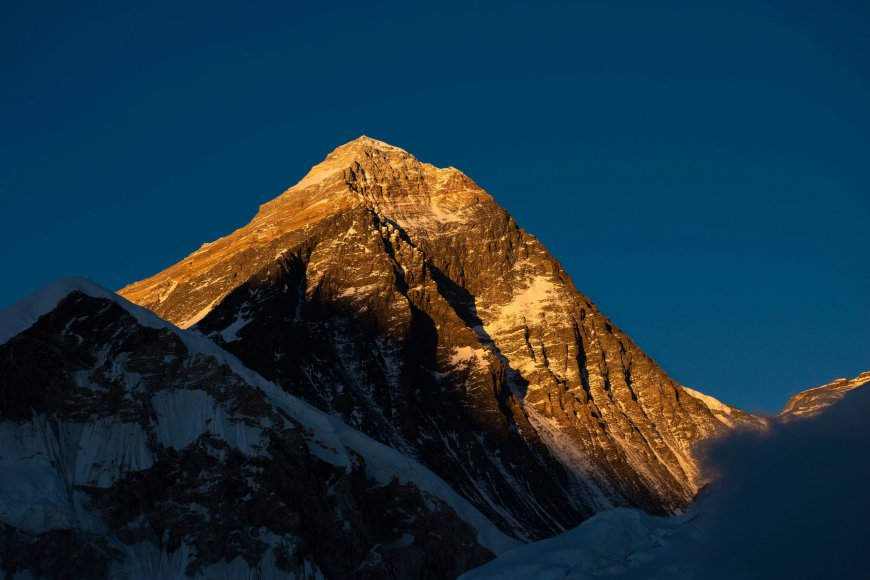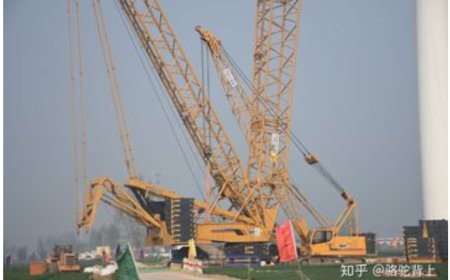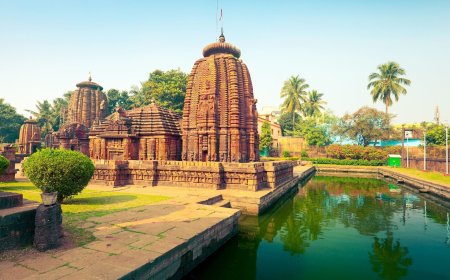Everest High Pass Trekking – The Ultimate Himalayan Adventure

Introduction: A Journey Beyond the Ordinary
Everest high pass trekking is one of the most thrilling and complete treks in Nepal. It takes you over three of the highest and most rugged passes in the Everest regionKongma La (5,535m), Cho La (5,420m), and Renjo La (5,340m). This route isnt just about reaching Everest Base Camp. Its about exploring hidden valleys, quiet trails, and dramatic mountain views from every angle. The path follows the same footsteps taken by early mountaineers during Everest expeditions in the 1950s, giving the trek a deep sense of history and purpose.
Trek Overview: Challenging Yet Rewarding
The Everest high pass trekking route usually takes about 18 to 21 days to complete. The total distance covers more than 160 kilometers (100 miles), winding through the Khumbu regions most iconic spots. You start your journey from Lukla (2,860m) after a short mountain flight from Kathmandu. From there, the trail leads through Sherpa villages, pine forests, icy rivers, and up to some of the highest trekking points in the world.
Main Highlights of the Trek
-
Namche Bazaar (3,440m): A vibrant mountain town and gateway to Everest.
-
Tengboche Monastery (3,867m): A peaceful spiritual stop with grand views of Ama Dablam.
-
Kongma La Pass (5,535m): The first and highest pass, offering raw and wild terrain.
-
Everest Base Camp (5,364m): A legendary destination at the foot of the worlds highest peak.
-
Cho La Pass (5,420m): A rocky and icy crossing leading to the sparkling Gokyo Lakes.
-
Gokyo Ri (5,357m): A viewpoint with breathtaking sunrise scenes over Everest and beyond.
-
Renjo La Pass (5,340m): The final high pass with sweeping views of the entire Everest range.
Why This Trek is Special
What makes Everest high pass trekking unique is its circular route. Unlike other treks that return the same way, this one keeps unfolding. Every day feels fresh and different. You walk across glacier fields, climb steep ridges, and pass through timeless Sherpa villages that hold on to old customs. The word "untamed" fits this trek perfectlyits a raw and real Himalayan experience.
Trek Difficulty and Acclimatization
This trek is rated as difficult, not just because of the distance but also due to altitude and steep ascents. Proper acclimatization is key. Most trekkers include rest days in Namche and Dingboche to adjust to the altitude. Staying hydrated, eating well, and walking slowly are important to avoid altitude sickness.
Best Time to Trek
Spring (March to May) and autumn (September to November) are the best seasons for Everest high pass trekking. Skies are usually clear, and the weather is stable, making it safer and more enjoyable to cross the high passes.
Local Life and Culture
Along the trail, youll encounter the rich culture of the Sherpa people. Monasteries, prayer wheels, stone chortens, and colorful flags line the way. Youll be welcomed into teahouses where warmth and kindness are part of daily life.
Conclusion: A Trek That Stays With You
Everest high pass trekking is more than just a test of endurance. Its a powerful journey that connects you with the spirit of the mountains. With every pass you cross, every peak you see, and every village you visit, you carry home a piece of the Himalayas that will stay in your heart forever.
































